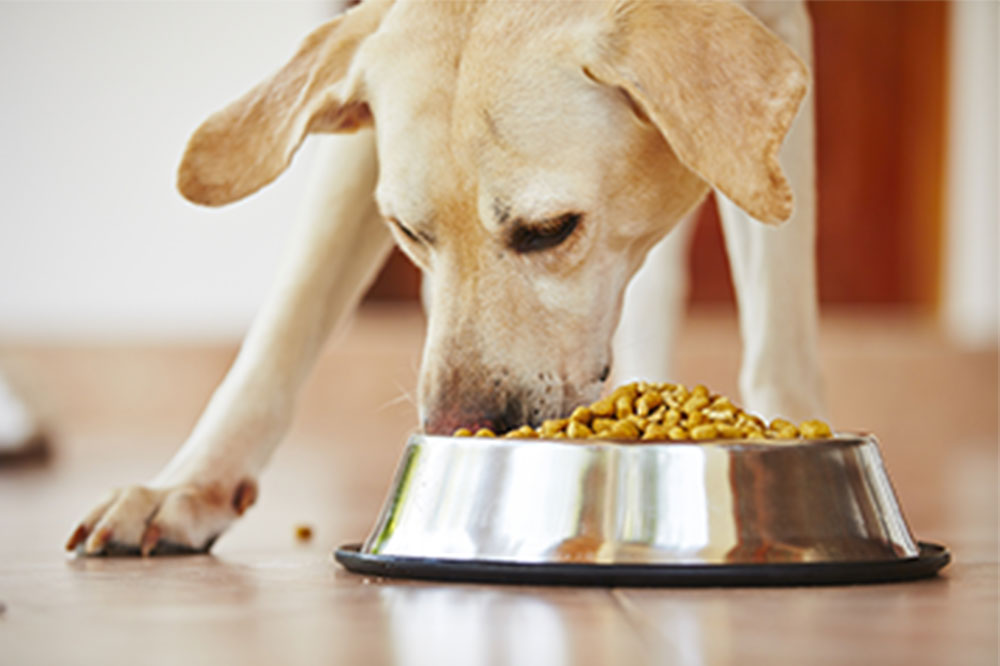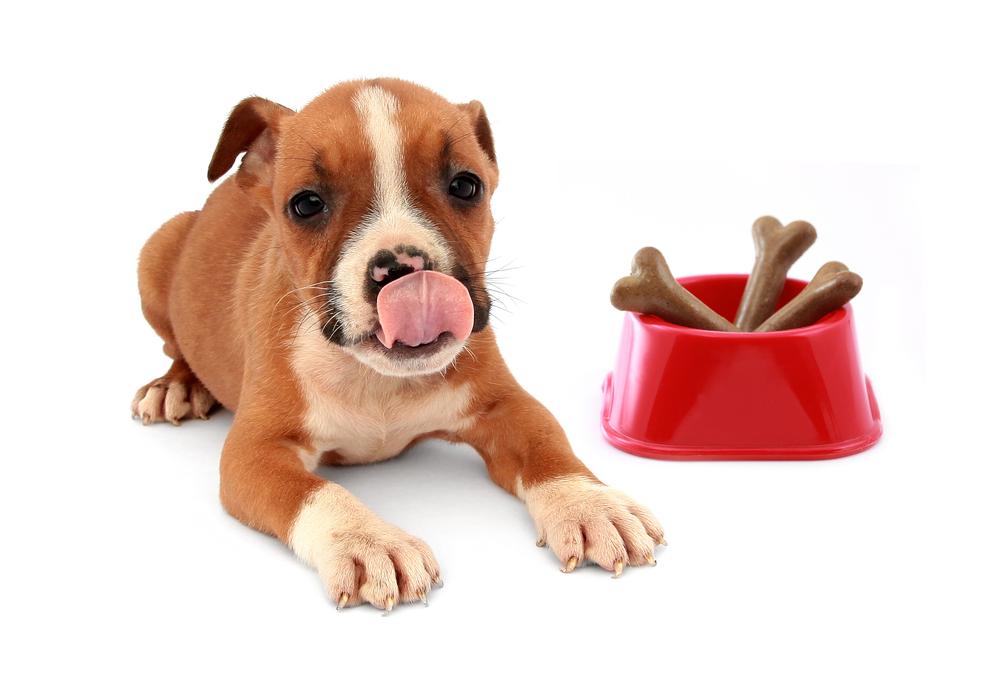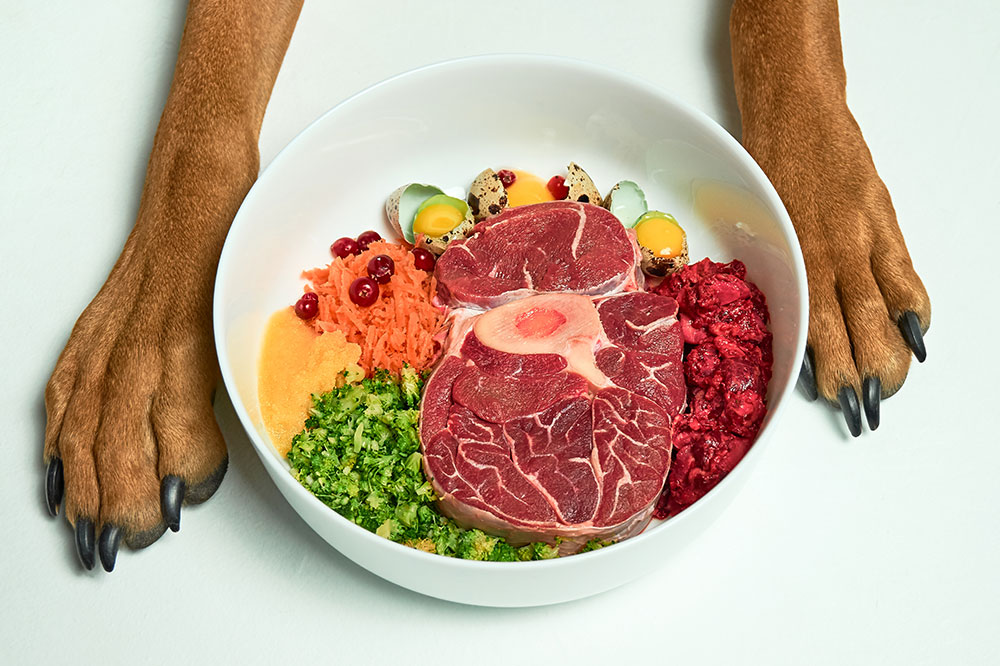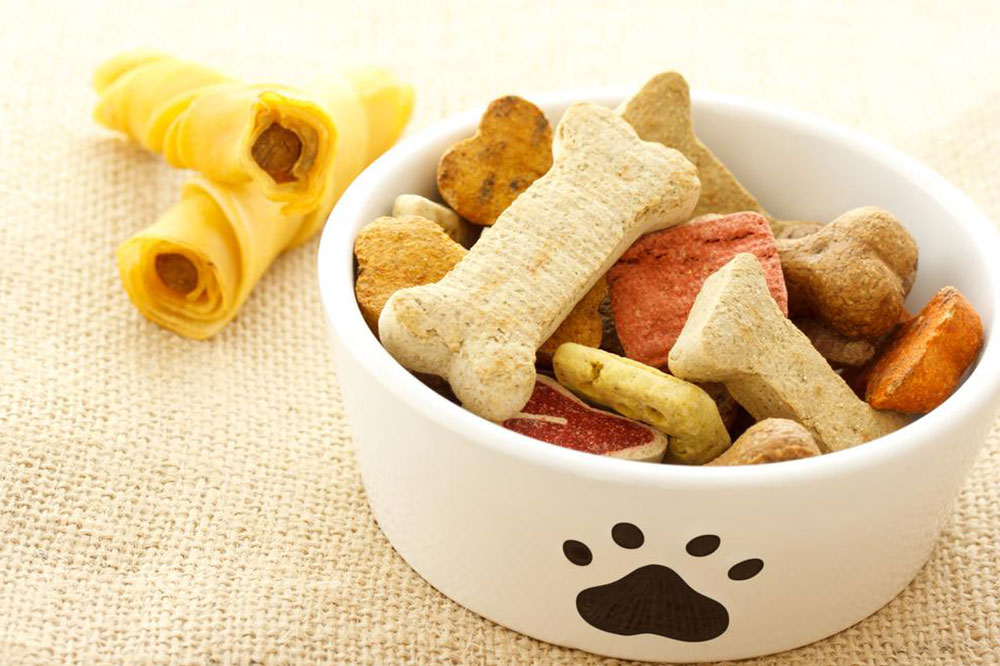Choosing the Right Dog Food and Managing Flea Infestations
Learn how to select the appropriate dog food—wet or dry—based on convenience, cost, dental health, and nutrition. Additionally, discover effective tips for detecting and preventing flea infestations to keep your pet comfortable and healthy year-round.

Selecting Dog Nutrition & Controlling Fleas
Providing your dog with the proper diet can be a challenge, especially with so many options in the pet food aisle. Do you opt for canned or dry food? Finding a meal your pet enjoys while maintaining health requires careful consideration. While veterinarians and breeders recommend certain options, pet owners strive for high-quality nourishment. Deciding between wet and dry food involves weighing convenience, cost, dental health, flavor, and nutritional content to ensure your furry friend stays happy and healthy.
Understanding your dog's nutritional needs helps in choosing between wet and dry diets:
1. Ease of Feeding and Storage
Dry kibble is simple to serve and store, making it a popular choice for busy pet owners. It’s less messy and easier to portion out, with minimal waste. Wet food can be more prone to mess and staining, especially if your dog is a messy eater. Additionally, dry food has better shelf life and less spoilage risk compared to canned options, which should be refrigerated after opening and used promptly to prevent spoilage.
2. Cost Effectiveness
Dry dog food often offers a more budget-friendly option by providing more food per purchase. It generates less waste and can be left out for extended periods, ideal for certain feeding routines. On the other hand, wet food can be pricier, especially for larger breeds, and tends to spoil faster, making it less economical in the long run for some households.
3. Dental Benefits
Dry kibble can support dental health by reducing plaque build-up as your dog chews. Conversely, wet food’s sticky texture might contribute to plaque accumulation. For senior dogs or those with dental issues, wet food may provide a more comfortable eating experience without stressing their teeth.
4. Taste and Palatability
Most dogs find wet canned food more appealing due to its rich flavors, high protein content, and moist texture. If your pet is a picky eater, offering wet food or enhancing dry kibble with gravy or broth can increase appetite and enjoyment.
5. Nutritional Value
Wet foods typically contain higher moisture levels (around 75%), helping dogs stay hydrated, especially if they don’t drink enough water. Dry foods provide less water but often include grains like rice, corn, or wheat, which can contribute to weight gain or allergies. Selecting foods with natural ingredients, free from artificial colors, flavors, and fillers, ensures your dog receives balanced nutrition. Look for high-quality proteins like chicken, beef, or lamb and whole grains such as sweet potatoes or brown rice for optimal health.
Flea infestations are common, especially in warmer months or outdoor-exploring pets. Regular checks are essential to prevent discomfort, skin irritation, and disease transmission. Adult fleas are tiny, flat insects that jump onto your pet’s skin. Signs include scratching, biting, and grooming. Look for flea dirt—small dark specks on the skin or fur—which turns reddish when dabbed with water, indicating flea feces.










